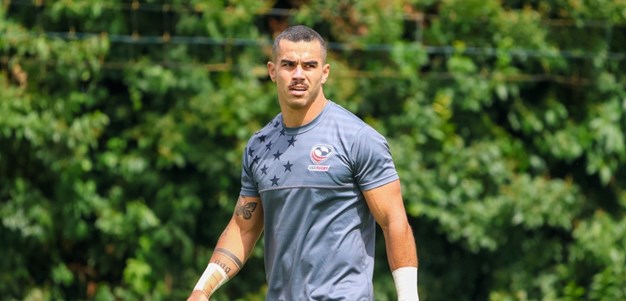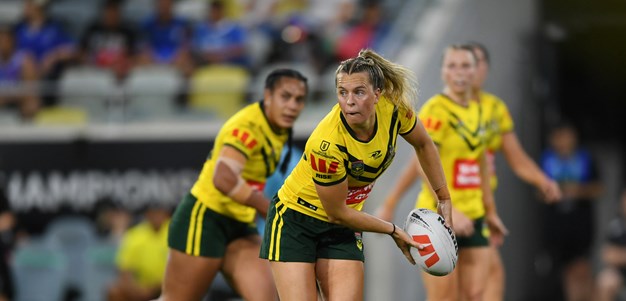

Great players win big games. So when you are marking up on a superstar, just how do you attempt to shut him down?
For me, preparation plays a major part. Knowing you have done the work in the video room on the individual elements of your game, and worked hard at training, gives a player the confidence to take their best self into a game.
During the week the coaching staff will review video of particular opponents and will show the players some clips on the types of plays they might try to execute. There is always plenty of information coaches have on players, and it varies depending on their position, speed of the play-the-ball, the time and space they have to work in, and how far some players like to take the ball to the line.
With all this information the players will then, with the help of the coaches, derive a defensive structure (or structures) to try to implement.
As coaches you often feel that you can’t give the players too much information about their opponents, and at times we overload players with stats and information. This can sometimes have the opposite to the desired effect and deflate your player, leaving him thinking he is about to mark ‘Superman’.
Some players want or need more information than others. The secret is to show video and give advice to convince your players that they – and the team – can execute the job at hand.
When you are marking the big-time players, like Slater, Inglis, Hodges and the like, you need to be committed defensively to the ball and the tackle. You need to get up hard and cut down their time, then you need good contact and be able to stick and execute the tackle. You need to do this consistently for the 80 minutes – or they can (and often will) make your team pay.
The key to cutting down good playmakers like Farah, Smith, Thurston or Carney is to pressure them into playing early. If there is a tired defender not moving up, or one defender coming up sideways, these great playmakers have the ability to pick that out and come up with the right play to capitalise.
So you need to cut down their thinking time. This has to be done with pressure from the inside – but it can be a dangerous practice if the defensive line is not working together and filling the spaces from inside, as these guys will quickly turn someone back under into a hole.
The best method of defence is to limit your opposition time with the ball and also the space you give them. If you can restrict the amount of good ball opportunities you give these guys you are, in some way, keeping them out of the game.
With so many great fullbacks around at present, one tactic we are seeing more and more is the midfield bomb, which minimises the time and space for these elusive runners to receive the ball. There is not a lot of contesting going on but by the time these players catch the ball there is not a lot of space for them to initiate a run. Kicking the ball intentionally dead is not a tactic that I believe is in the spirit of the game, but it’s an option some teams use.
Here are some of the playbook notes that are staples when trying to limit the impact of some of the stars of the game:
Justin Hodges – Strong carry; Big left fend; Right-foot sidestep; Dummy-half scoots; Offloads; Quick to play the ball.
Johnathan Thurston – No Shows!; Make him play early; Short-side threat; Indicator of where the side is attacking; Right-foot kicker.
It is great to have a plan to stop these superstars of our game… but executing it is easier said than done!




